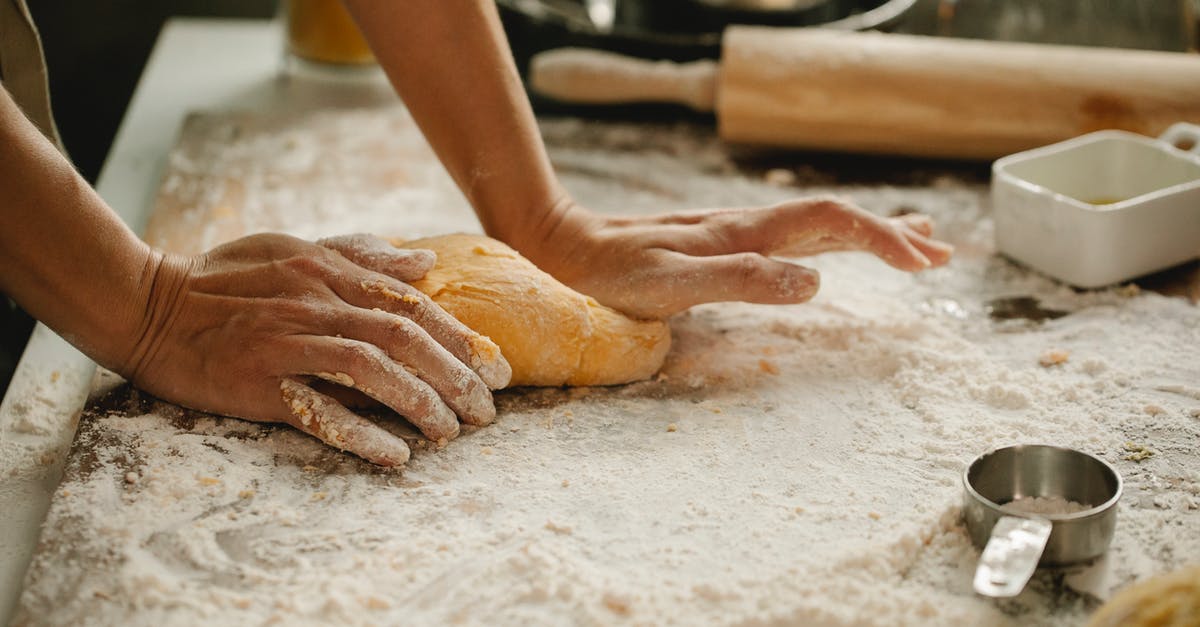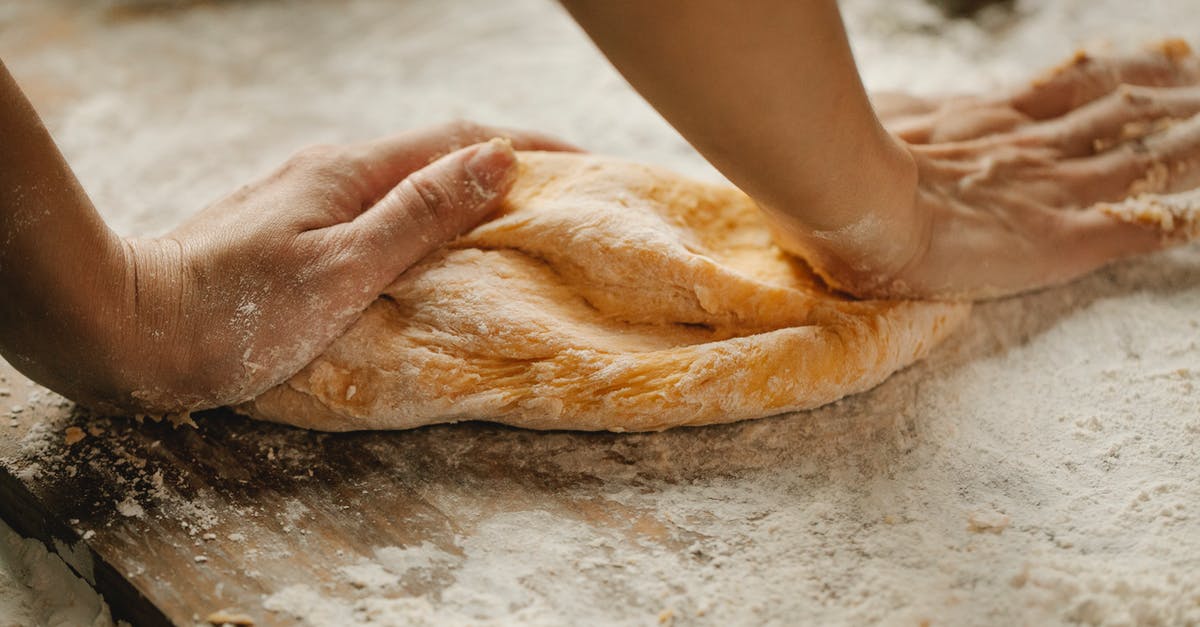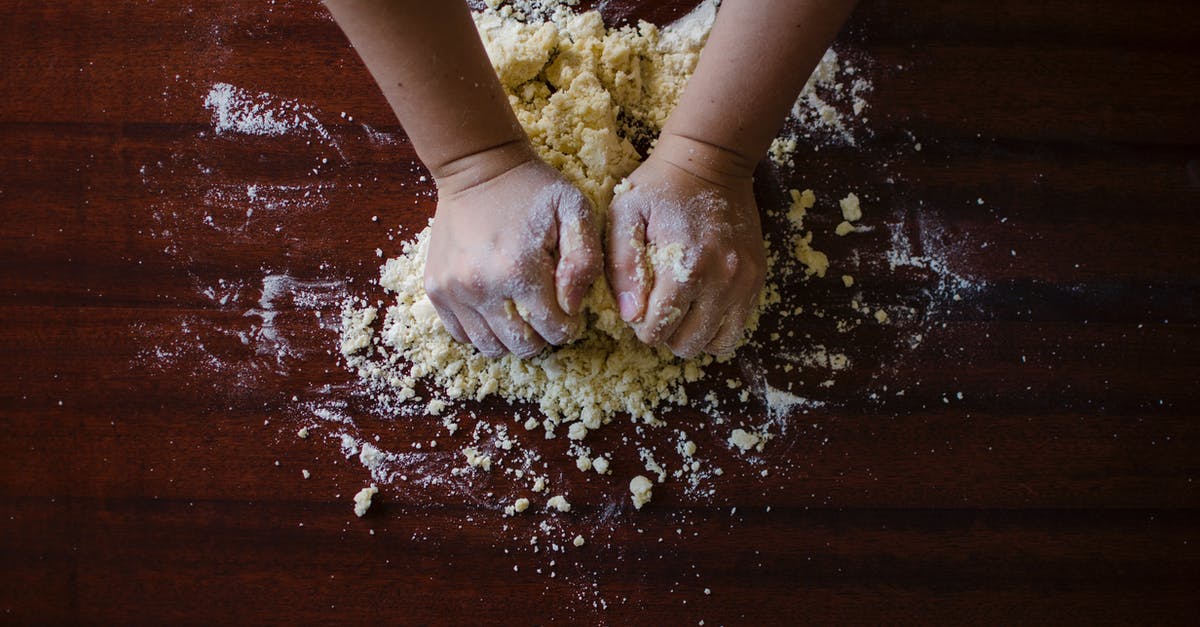How does no-knead bread not overproof?

Most sourdough instructions warn not to overextend primary fermentation, as doing so will exhaust the yeast's food supply for proving after shaping. Standard sourdough recipes call for a 3-4 hour bulk fermentation stage.
How, then, does no-knead bread not exhaust its food supply when such recipes call for more vigorous yeast variants than a sourdough starter (e.g. instant/active dry yeast) along with a 24 hour bulk fermentation?
Note: Chad Robertson's Tartine Bread notes that glutens in the dough begin degrading after a certain point due to increasing acidity. Perhaps this is an additional factor that separates the two methods, as the no-knead bread doesn't have an acid-laden levain to contend with?
References
No-knead bread:
Kenji Lopez Alt (12-24 hour bulk fermentation): https://www.seriouseats.com/better-no-knead-bread-recipe
Bread Illustrated (8-18 hour bulk fermentation)
Sourdough bread:
- Chad Robertson's Tartine Bread Country Loaf (3-4 hour bulk fermentation)
- Ken Forkish's Flour Water Salt Yeast Double-Fed Sweet Levain Bread (5 hour bulk fermentation)
Best Answer
This kind of rising didn't originate with the No-Knead recipe. Slow-rise breads are traditional -- more so than fast-rise breads, which are a relatively recent development in the history of bread. Slow-rise recipes are required with older methods of starting bread, including biga, poolish, sourdough, and pate fermentee.
So an 8-72 hour rise is actually "normal" and it's the crazy fast 2-hour rise that's surprising that it even works.
So how do slow rises in general avoid exhausting the dough? Via two simple methods: starting with very little yeast (as in 1g to 5g, or a dormant starter, or environmental yeast, depending on the recipe) and rising at low temperatures (8-15C). Both of these things slow down yeast growth and spread through the dough.
Probably the best way to see the math for this is the PizzApp, which is widely used by home pizza makers with Neapolitan-style pizza ovens. Since traditional pizza doughs are fermented for 12-48 hours, the app allow you to enter rising time and rising temperature, and it will give you the yeast amount. For a 24 hour dough, I've had it recommend at little as 0.25g of active dry yeast (which is challenging to measure). You can also play with it a bit and see how much ambient temperature affects the rise time.
Books for additional reference:
- On Food and Cooking, Harold McGee
- Six Thousand Years of Bread, Heinrich Jacob
- White Bread, Aaron Bobrow-Strain
Pictures about "How does no-knead bread not overproof?"



Quick Answer about "How does no-knead bread not overproof?"
Why It Works. Using a Dutch oven to cook the bread increases radiant energy and humidity, mimicking a professional bread oven. Allowing the dough to rest for a long period of time lets autolysis break down the long protein strands, eliminating the need for physical kneading.Can you proof no-knead bread too long?
Even if you let it rise too long or add too much water, odds are, you are still going to end up with a good loaf of bread. I would recommend following the directions closely the first time you try this. With practice, you will start to develop a feel for how it should look, smell, and taste.Why is no-knead bread rising?
No knead dough doesn't rise like standard yeast breads, it only puffs up and gets bubbly. It will be a little bigger after the resting time but don't look for a much larger volume. Your yeast may not be fresh and should not be used past the expiration date.How do you stop bread from proofing?
Mix your dough colder: This is related to being mindful of the environment your dough is proofing in, but if your dough over-proofs during one bake, and you have a need to preserve the schedule and proofing set up you've been working with, try mixing your dough with colder water to keep your schedule on track.What causes bread to Overproof?
Overproofed doughs collapse due to a weakened gluten structure and excessive gas production, while underproofed doughs do not yet have quite enough carbon dioxide production to expand the dough significantly.Don't make this ONE STUPID MISTAKE when Baking Bread
More answers regarding how does no-knead bread not overproof?
Answer 2
It really depends on the variety of yeast you are using, modern baker's yeast is fast acting as a pose to fresh yeast varieties or wild yeasts you germinate from a sour dough culture, versus sour dough starters you can buy. Then there is your flour if it's whole grain or mainly endosperm, higher starch means more natural sugar which effects the rise. If are interested in the topic of yeast digestion, reproduction, and the bipoducts of said processes there are a number of online and book sources.
Sources: Stack Exchange - This article follows the attribution requirements of Stack Exchange and is licensed under CC BY-SA 3.0.
Images: Klaus Nielsen, Klaus Nielsen, Flora Westbrook, Life Of Pix
